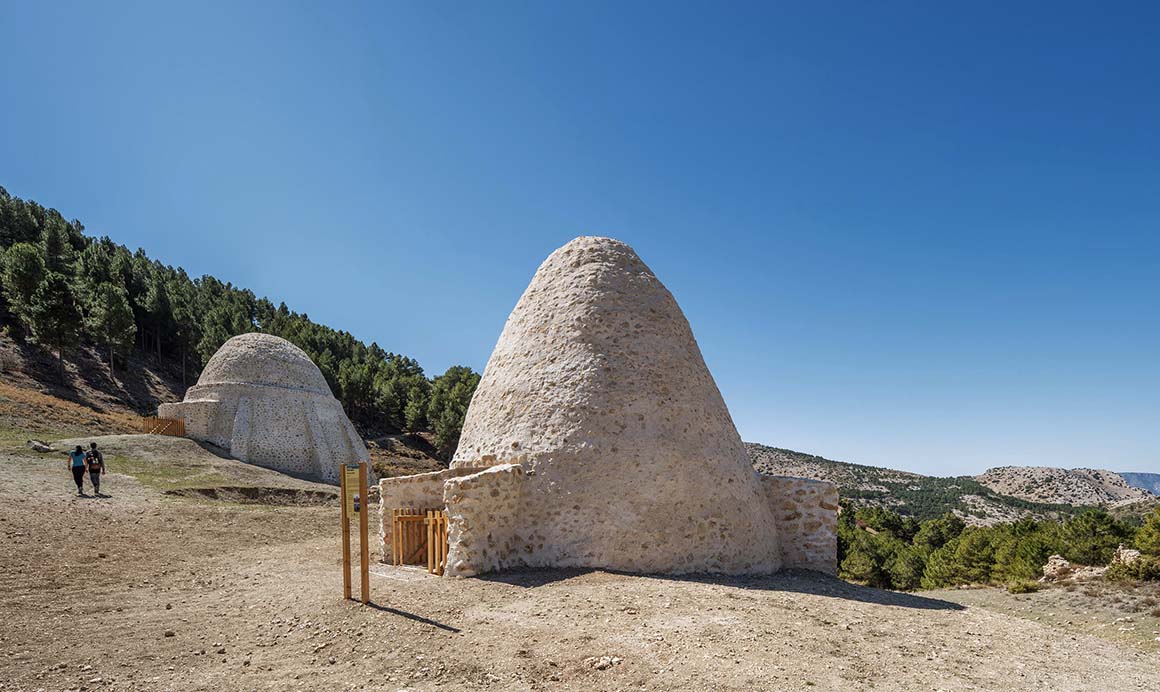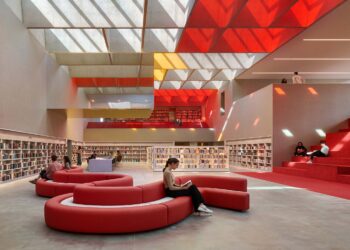Restore heritage and revitalize ecosystem

The restoration of ancient architecture combined with the revitalization of natural ecosystems is gaining attention. The writer Philinius mentioned that ice was a precious commodity traded at a high price in the ancient Roman era in the Mediterranean region. Ice was considered an essential resource for food preservation or medical purposes in ancient times when there were no household refrigeration facilities. In such circumstances, artificial underground icehouses enabled the trade of ice, leading to King Philip III of Spain establishing a tax office to impose taxes on ice.
The 28 icehouses in the mountainous region of the Murcia Range in Spain were officially designated as cultural heritage in November 2022. Among them, Icehouses 11 and 13 have been restored to their original appearance. Utilizing traditional materials and a geometric dome structure, the domes were restored, and wooden stairs and balcony-like platforms were added to create an environment where visitors can closely observe the interior and exterior of the icehouses.
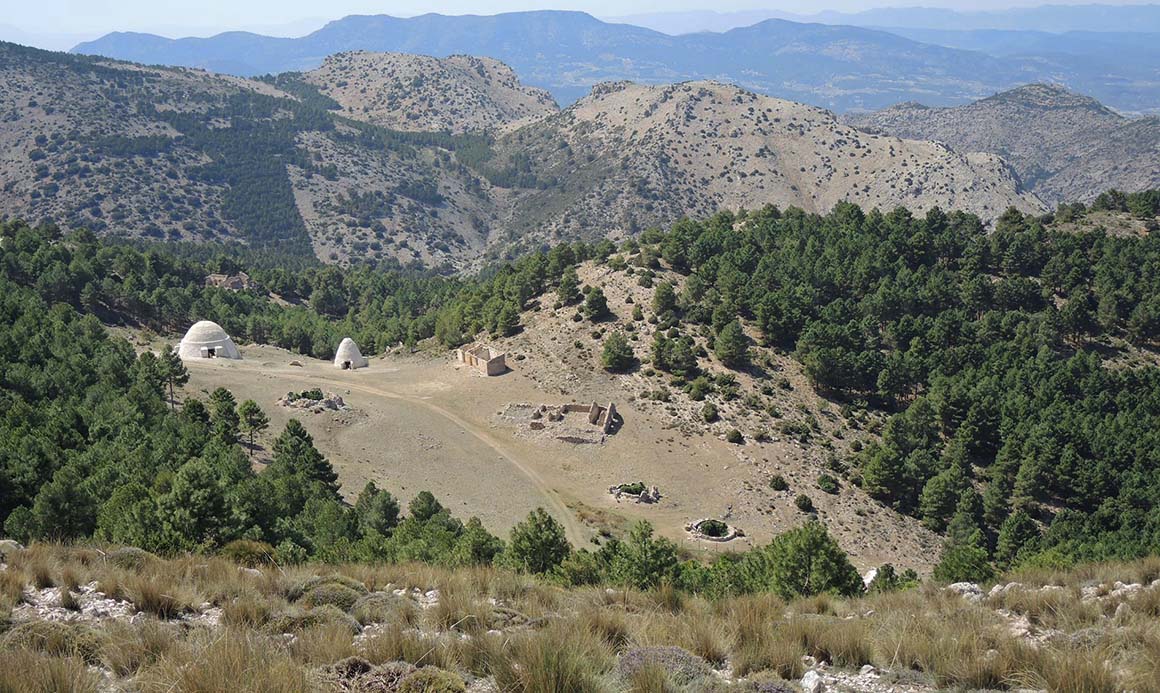
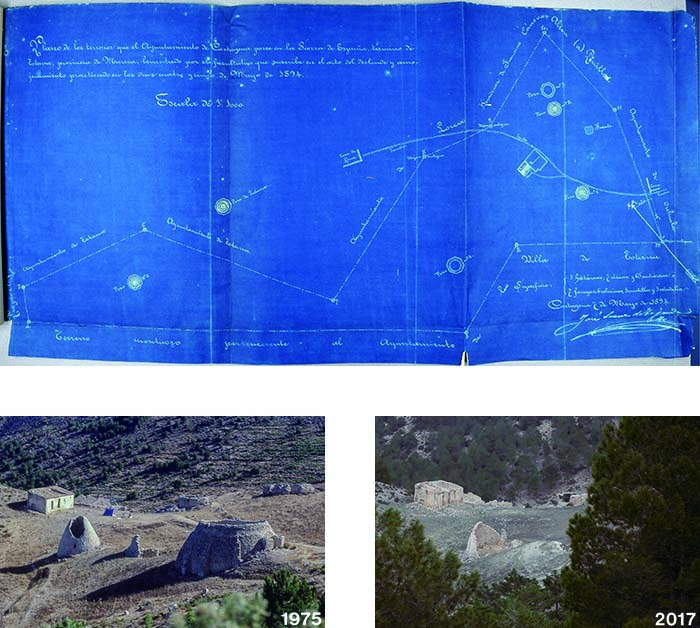

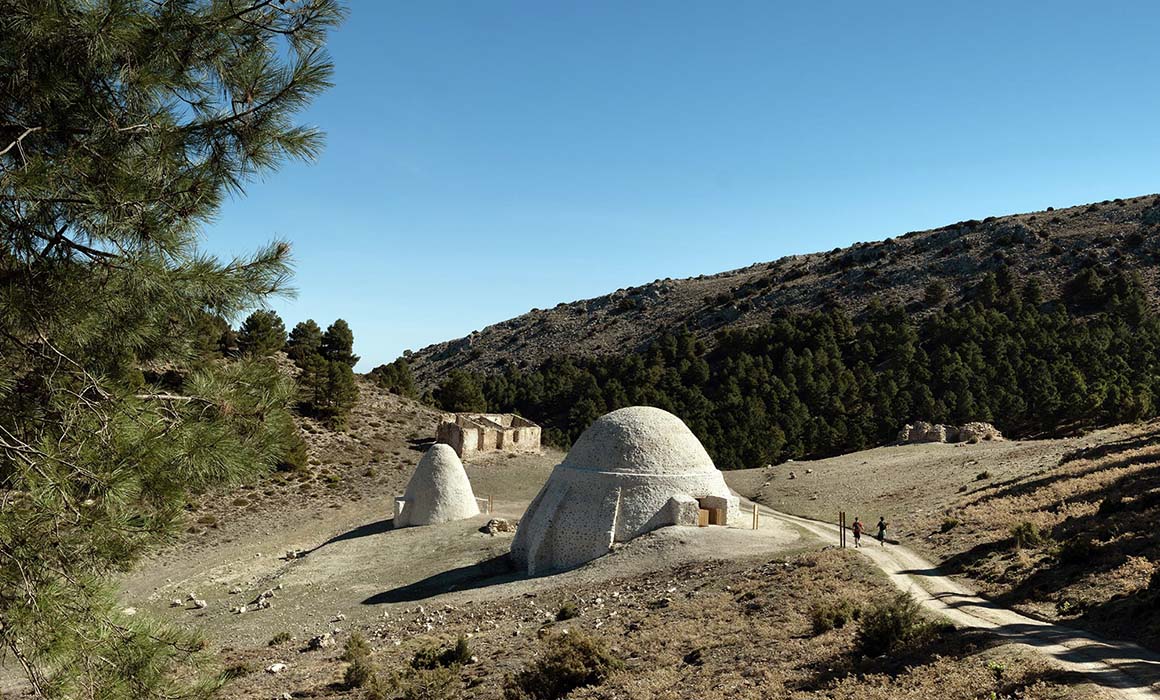
The domes of the buildings were restored using traditional techniques, locally sourced lime mortar, as well as stone and brick. Icehouse 11, characterized by a mix of stone and brick, is closer to a hemisphere, while Icehouse 13, with its unique structure of stacked stones resembling a cone, has a distinct appearance. Although both icehouses were not fully restored functionally, they were designed to provide an immersive experience for visitors as they descend the stairs or cross a suspended bridge through the void in the center.
The project involved not only architects but also a diverse team of professionals, including engineers, historians, archaeologists, and botanists, working together to preserve the natural heritage around the structures along with architectural restoration. This project stands as a noticeable example of conserving cultural heritage through the integration of architectural restoration and the activation of the natural ecosystem.
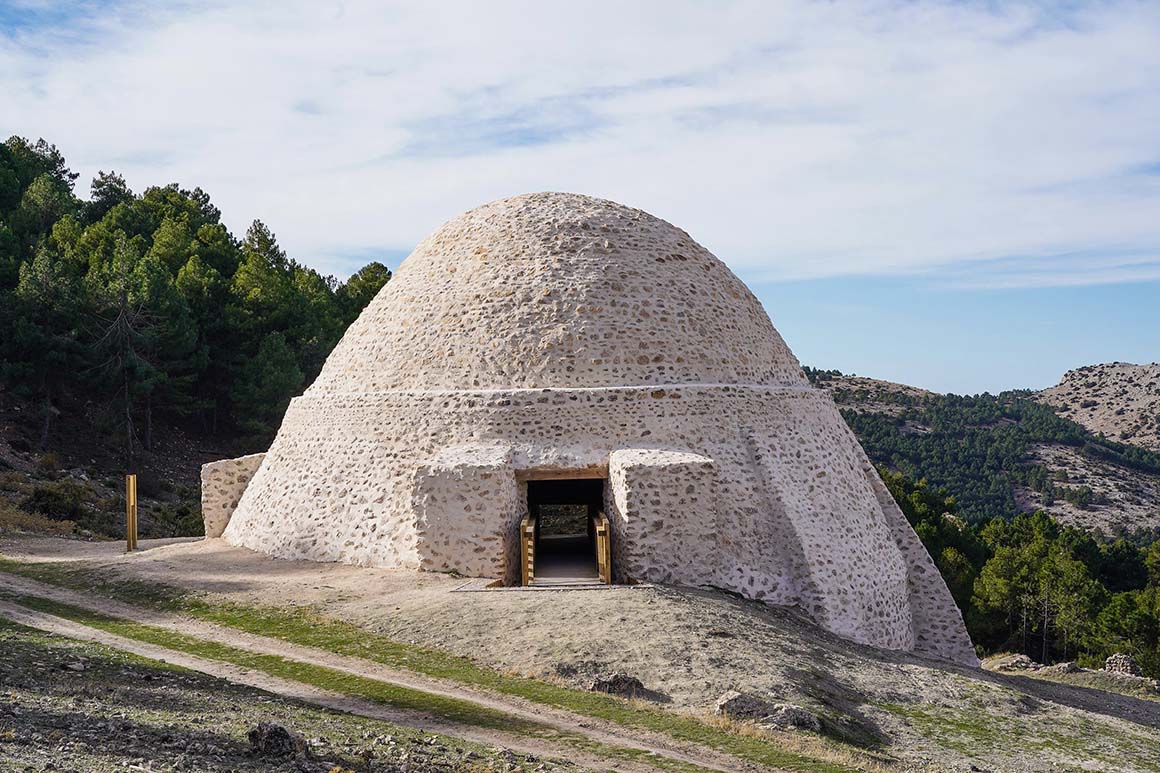
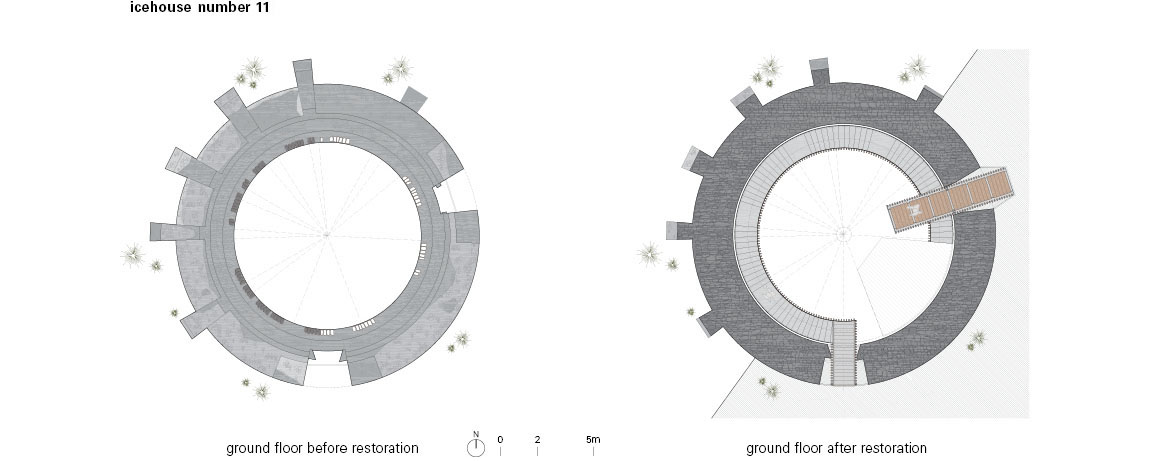

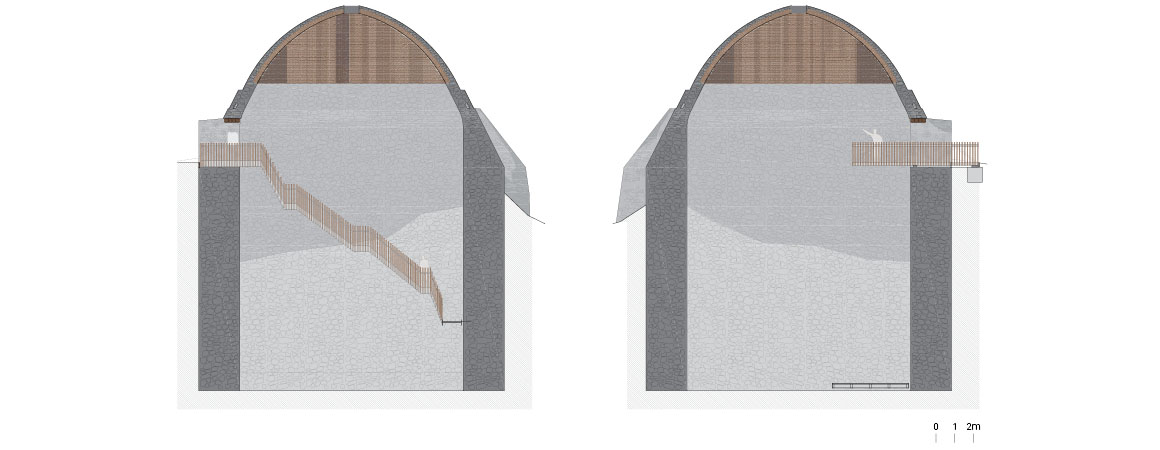
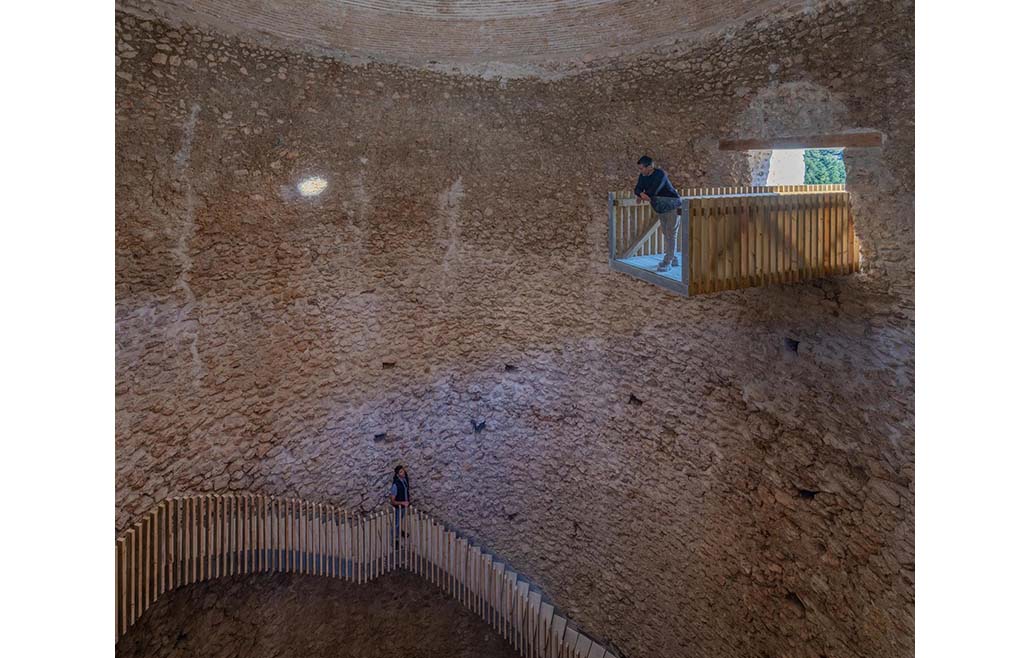

The project also focused on revitalizing the natural heritage surrounding the structure, and a multidisciplinary team was assembled that included not only architects but also engineers, historians, archaeologists, and botanists. Their efforts demonstrate an approach to cultural heritage preservation that combines architectural restoration with the revitalization of natural ecosystems.
Project: Restoration of two snow wells in Sierra Espuña / Location: Sierra Espuña, Totana, Murcia (Spain) / Architect: Ecoproyecta / Structural engineer: Qube / Contractor: Patrimonio Inteligente / Site area: 3,500m² / Bldg. area: 308m² / Completion: 2023 / Photograph: ©David Frutos (courtesy of the architect)
